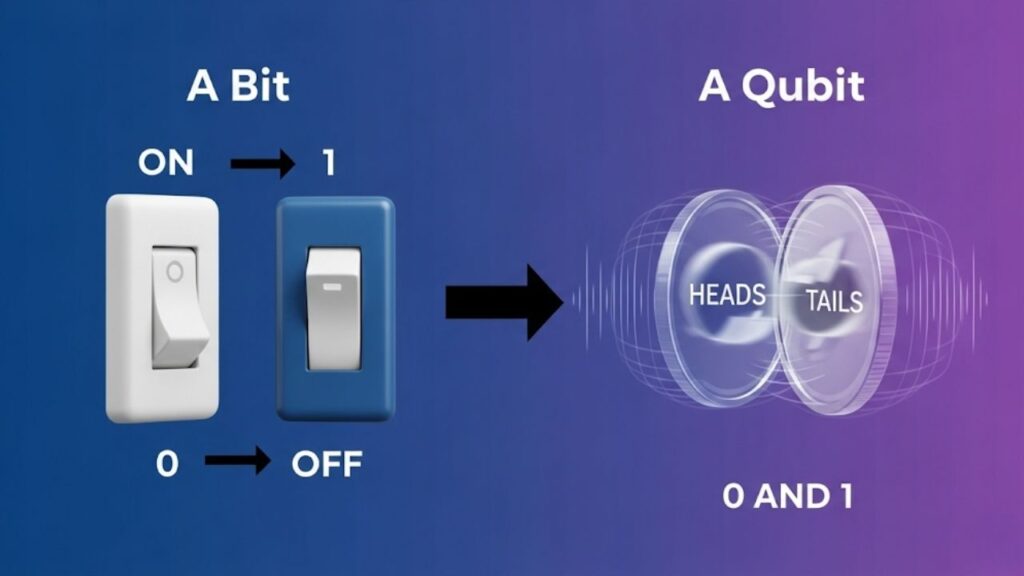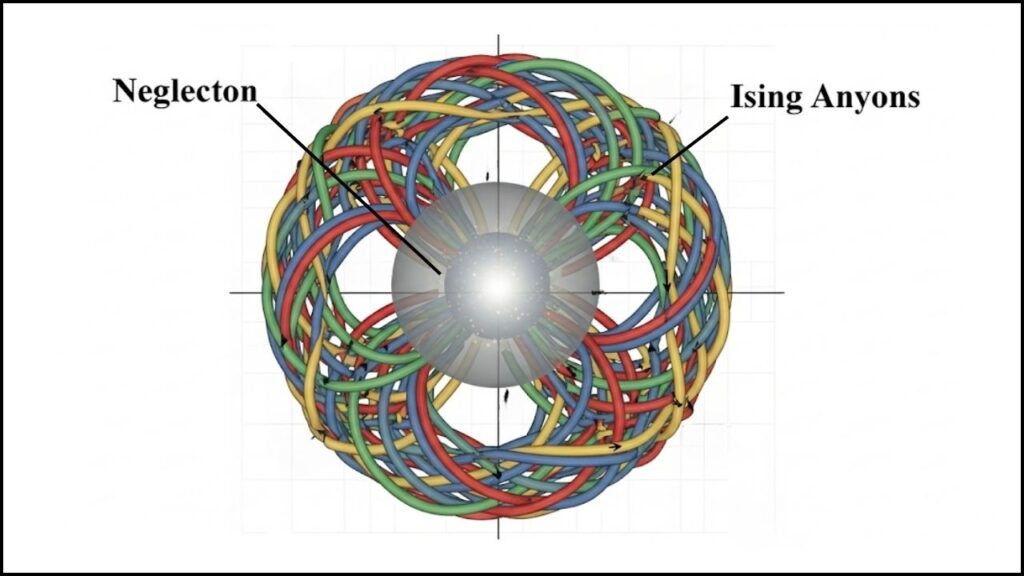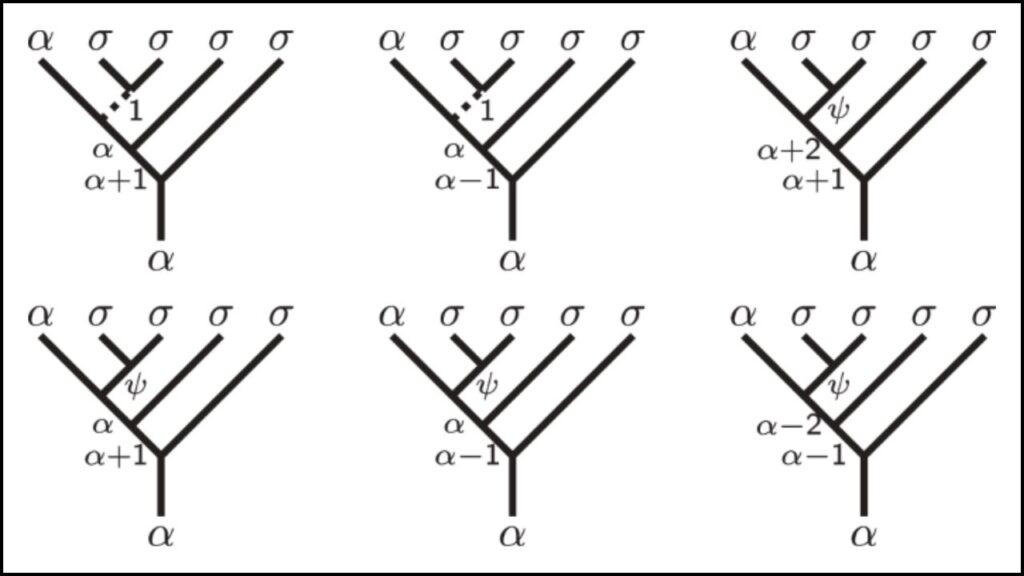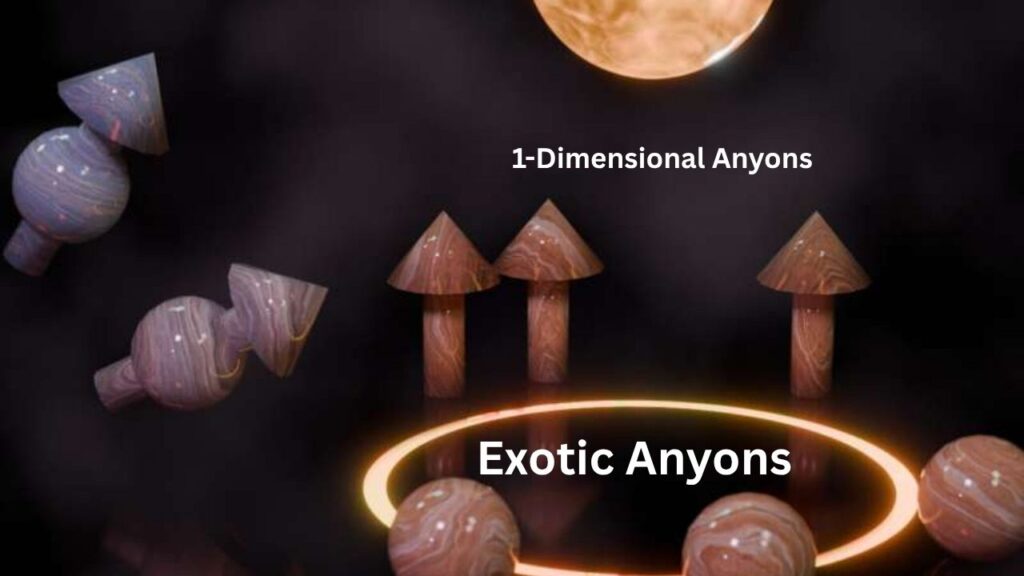Quantum computing has been hailed as the future of computing, promising to solve problems that stump even the fastest supercomputers today. Yet, despite immense progress, quantum computers face major challenges, especially with stability and error correction. Now, a groundbreaking discovery from scientists at the University of Southern California (USC) reveals a new kind of particle called neglectons, which could revolutionize the field by unlocking the full power of quantum computation, potentially overcoming these long-standing hurdles.

Table of Contents
Scientists Discover Neglectons
| Aspect | Details |
|---|---|
| Particle Discovered | Neglecton, a previously ignored quasiparticle arising from non-semisimple TQFTs |
| Role in Quantum Computing | Enables universal quantum computation in combination with Ising anyons |
| Unique Feature | Only one stationary neglecton needed; Ising anyons braid around it to perform operations |
| Problem Addressed | Overcomes Ising anyons’ limitation to Clifford gates, unlocking full set of quantum logic gates |
| Error Correction Impact | Offers a new route to more fault-tolerant, scalable quantum computers |
| Publication | Research published in Nature Communications (2025) |
| Potential Applications | Cryptography, drug discovery, materials science, complex simulations |
| Official Research Source | USC Quantum Research |
The discovery of neglectons marks a historic milestone in quantum computing research by turning discarded mathematical objects into vital tools for universal quantum computation. By enabling Ising anyons to perform all quantum operations needed, neglectons may dramatically simplify the path to error-resistant, scalable quantum computers that can tackle problems beyond the reach of today’s fastest classical systems.
With ongoing efforts by experimental physicists to realize these particles, the future of quantum computing looks more promising than ever—potentially accelerating advancements in cryptography, medicine, materials science, and beyond.
What Are Neglectons and Why Do They Matter for Quantum Computing?
At its core, quantum computing works with quantum bits, or qubits, that can be in many states at once—a feature called superposition.

This allows quantum computers to process vast amounts of information simultaneously. However, qubits are extremely fragile and prone to errors caused by interference from their environment, making error correction one of the toughest problems in developing practical quantum machines.
One promising approach to robust quantum computing is topological quantum computing, which protects qubits by encoding information in the “braiding” paths of exotic particles called anyons. Among these, Ising anyons have drawn significant attention because they offer some natural protection against noise. But there was a big problem: Ising anyons alone could not do everything needed to run any quantum program. Their operations were limited to a subset called Clifford gates, which means these systems were not universal general-purpose quantum computers.

Enter neglectons. USC researchers discovered that adding just one stationary neglecton particle to a system of Ising anyons enables universal quantum computation by braiding the anyons around the neglecton. This ability was hidden in a more complicated mathematical framework known as non-semisimple topological quantum field theories (TQFTs). These extended the standard models by retaining components that were previously discarded as “mathematical garbage” because they had a zero quantum trace, effectively overlooked for decades.

As Professor Aaron Lauda from USC explained, this discovery is like finding treasure in what everyone else thought was mathematical garbage. The seemingly useless parts turned out to be the critical missing ingredient for fully universal quantum computation.
Breaking Down the Science: How Neglectons Open New Doors
Topological Quantum Computing and Anyons
Traditional quantum bits are easily disturbed by their surroundings. Topological quantum computing tries to solve this by focusing not on the qubits themselves but on the geometry of particles called anyons moving in two dimensions.

Imagine braiding strands of string to make a knot—different knots represent different quantum states.
Ising anyons—special anyons studied widely—can perform some quantum operations by braiding around each other. However, these operations alone cannot build every possible quantum gate needed for universal computing, restricting their computational power.
The Mathematical Innovation: Non-Semisimple Topological Quantum Field Theories (TQFTs)
Most existing theories discarded some mathematical objects because they had “quantum trace zero,” making those parts seem irrelevant or “garbage.” USC’s team took a bold leap and kept those discarded parts, which mathematically describe the new neglecton particle.
This framework, however, introduces irregularities that could seemingly mess with probabilities and unitarity in quantum mechanics—a foundational principle that guarantees total probability stays one. To solve this, the team devised a quantum encoding scheme that “quarantines” problematic parts, ensuring all computations happen in stable, reliable zones.
The Neglecton’s Unique Role
Unlike normal anyons that need to be moved around, the neglecton remains stationary. The computation happens by braiding the Ising anyons around this fixed particle, which unlocks previously inaccessible operations. This mix is what makes universal quantum computation possible.
Practical Implications: What This Means for Quantum Computing’s Future
Quantum computers today are still in early stages, often limited by the number of qubits and the high error rates. Neglectons promise a path to:
- More scalable and robust quantum computers by reducing error correction overhead.
- Universal quantum computing with existing topological quantum platforms, avoiding the need for exotic, hard-to-engineer new particle systems.
- Faster development of quantum technologies in fields like cryptography (breaking or making new secure codes), drug design (simulating molecules efficiently), and material science (discovering new materials).
While this research is still theoretical, it offers clear direction for experimental physicists aiming to realize neglectons in lab settings and build practical quantum machines.
A Step-by-Step Guide to Understanding Neglectons in Quantum Computing
Step 1: Understand Quantum Bits and Their Fragility
Qubits can be in multiple states simultaneously, but this makes them delicate. Environmental noise can easily lead to computational errors.
Step 2: Learn About Topological Quantum Computing and Braiding Anyons
Topological quantum computing protects information by encoding it in the “braids” of special particles called anyons, more resistant to errors.
Step 3: Recognize the Ising Anyons’ Limits
Ising anyons are promising but can only perform limited quantum operations (Clifford gates) insufficient for universal quantum computing.
Step 4: Discover the Neglecton Particle
Neglectons come from an expanded, less simplified mathematical world where previously ignored components become critical. They allow full computational power when combined with Ising anyons.
Step 5: Visualize the Braiding Process
Imagine the neglecton stationary like a post, with Ising anyons weaving around it in complex patterns to carry out all necessary operations for any computation.
Step 6: Appreciate the Error Correction Breakthrough
Neglectons provide a pathway to robust quantum computers that can handle errors better, helping scale quantum systems beyond lab experiments.
Projective Measurements Unlock New Power in Quantum Computing With Anyon Braiding
Breakthrough: Scientists Unlock Universal Quantum Computing With Exotic Anyons
Want to Join the Future of Quantum Computing? Qiskit Advocate Applications Now Open
FAQs About Scientists Discover Neglectons
What exactly is a neglecton?
A neglecton is a newly identified particle-like excitation predicted by advanced mathematical theories, essential for enabling universal quantum computation with existing types of anyons.
How does a neglecton improve quantum computation?
It complements Ising anyons by enabling a full set of quantum gates through braiding, something Ising anyons alone couldn’t do.
Are neglectons already observed in experiments?
No, they are currently theoretical predictions derived from advanced mathematics, but researchers have provided clear targets for experimental verification.
Why are quantum computers so error-prone?
Quantum data is delicate and affected by environmental noise like temperature and electromagnetic fields, which disturb the fragile qubits.
When will neglectons be used in practical quantum computers?
It depends on experimental breakthroughs, but this discovery has propelled research with a clear roadmap toward realizing universal topological quantum computers.



















